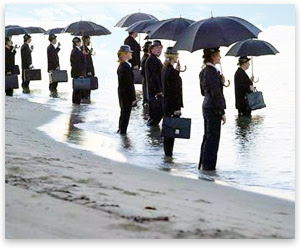The Revolution of 1913
Readers will scarcely have given any thought to the
fact that they have never lived in the system of government argued for by
Madison, Jay, and Hamilton in the Federalist Papers.
“It may come as a shock …” wrote John Flynn, “to be
told that [you] have never experienced that kind of society which [our]
ancestors knew as the American Republic …” Flynn, the editor of the popular
weekly the Saturday Evening Post, had already come to this conclusion in 1955.
In his book The Decline of the American Republic, Flynn observed that Americans
needlessly “live in the war-torn, debt-ridden, tax-harried wreckage of a once
imposing edif ice of the free society which arose out of the American
Revolution on the foundation of the U.S. Constitution.”
An empire needs a source of income sufficient to fund
its military campaigns, regulatory regimes, and domestic schemes. It also needs
a strong central authority to direct its ambitious new programs. In one short
12-month span, a year the writer Frank Chodorov calls the “Revolution of 1913,”
the empire got the tools it needed. That year—the same year European countries
abandoned the gold standard in preparation for World
War I—the old Republic ceased to exist.
WHERE THE MONEY COMES FROM



.jpg)


















